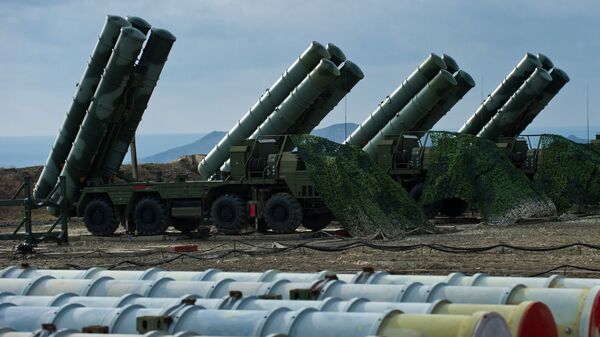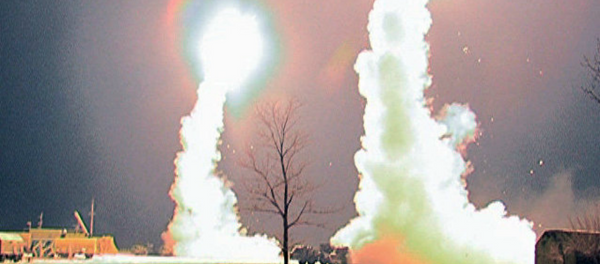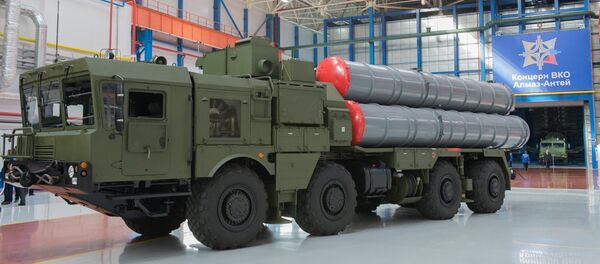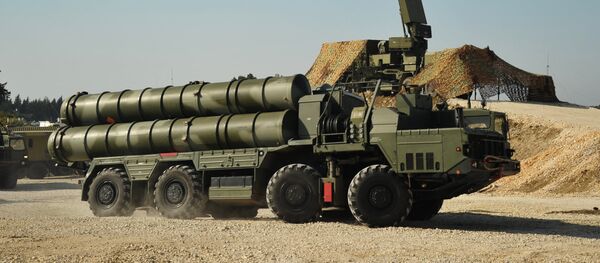On Tuesday, speaking to reporters at the Aero India 2017 international exhibition in Bengaluru, Kladov confirmed that the China-bound S-400 missile systems are currently in the manufacturing stage. "Right now, there is an operating contract signed with China for the supply of S-400 systems, [and] they are in the production phase," the company official said.
Last June, Rostec General Director Sergei Shemezov said that the S-400s slated for China would be delivered no earlier than 2018, adding that the first priority was to arm Russia's own military. China has officially confirmed the purchase of at least three regiments (six divisions) of S-400s for its air defense forces. Each division consists of eight launchers, 112 missiles, as well as the necessary command and support vehicles.
In 2015, India announced that it too would like to purchase several battalions of the mobile surface-to-air missile system along with thousands of missiles. Moscow concluded an agreement to supply the systems to India last October following a meeting between Russian President Vladimir Putin and Indian Prime Minister Narendra Modi during the BRICS summit in Goa.
The S-400 is Russia's next-generation air defense system, capable of carrying four different types of missiles capable of destroying aerial targets at short, medium, long and very-long ranges between 40 and 400 km. The weapon is designed to be able to track and destroy all enemy air objects, including airplanes, helicopters, cruise missiles and ballistic missiles flying at speeds of up to 4,800 m per second; they are also capable of targeting ground objectives.
Designed by the Almaz/Antein Air Defense Concern, and built by the Fakel Machine-Building Design Bureau, the S-400 began to be introduced into the Russian military in 2007. As of 2016, Russia had received 39 divisions, or 312 launchers.
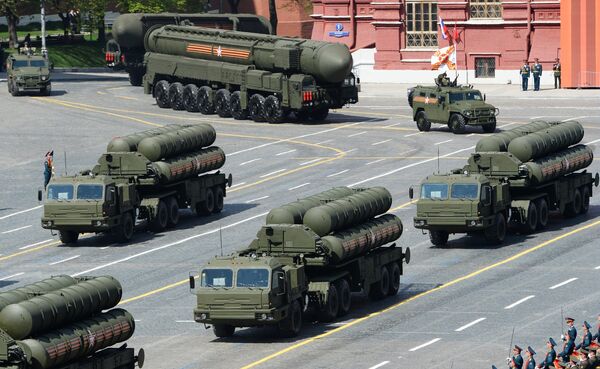
News of China's interest in the S-400 began to circulate in 2011. In 2012, sources close to the Russian Federal Services for Military-Technical Cooperation, which regulates military-technical cooperation with other countries, said that negotiations on the purchase of one division (consisting of eight launchers) were underway. In 2014, that number was increased to four divisions. According to the latest reports, China is looking to purchase six divisions, at a total cost of $3 billion.
According to experts, the S-400's range of up to 400 km will allow Beijing to comfortably control its own airspace from attack, and to secure control over the airspace of neighboring countries and territories, including Taiwan and the Senkaku Islands, a group of islands in the East China Sea controlled by Japan but claimed by Beijing, as well.
"In particular, this is an opportunity, with the help of a foreign partner, to carry out production and finance the development of next-generation systems," Ponomarenko said. "Also, it's a great advertisement for these weapons," he added.
"Therefore, I see only benefits here. Even the Americans…have complementary things to say about our SAM systems, and are quite right to do so, because the systems have many advantages [over their competitors]," the expert noted.
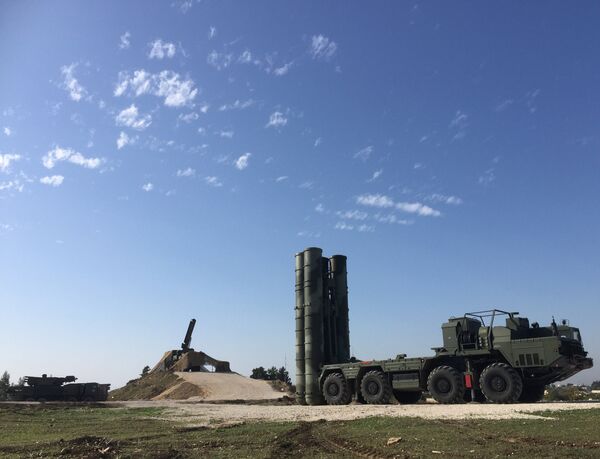
China would also benefit tremendously from acquiring the defensive weapons, Ponomarenko added. "If we consider, for example, the [security] environment around China, these systems can provide invaluable assistance in the event of any conflict, both with potential overseas aggressors, and regional ones."
Pointing to the S-400's technical characteristics, the expert pointed out that the system can work not only with its own missiles, "but can interface with other surface-to-air missile systems, which carry out defense nearer to the inner limit of detection."
Accordingly, Ponomarenko noted that "this system can very well change the balance of forces in the theater of military operations. Its technical characteristics, detection range and targeting range will not allow enemy aircraft to even approach the area of combat operations."

